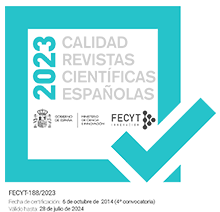Cal planificar la mediació lingüística? L'exemple de Catalunya
Resum
The concept of language mediation refers to all activities involving translation, proofreading and text correction, interpretation and dubbing. It is an extremely broad area, one whose boundaries are difficult to define with precision. This is so because, generally speaking, there is no administrative body to oversee these fields. Nor is there a clear set of regulations defining the areas of competence of personnel working in these fields. There is no regulatory authority in this area and, consequently, there are people who exercise these professions without being licensed to do so. In Catalonia, three universities offer degree programs in translation and interpretation. Nevertheless, the translation market is a very open one, and one does not need a degree to work as a translator. Language mediators participate in cultural policies (mass media, relations with the cultural milieu, language policy) by acting as a bridge among different cultures and languages. They also work in their own cultural environment to create a language model. In the case of Catalonia, institutions such as termcat (the terminological center), the Institut d'Estudis Catalans (the language academy), or the Institució de les Lletres Catalanes (for the promotion of Catalan culture and language) are examples of how language mediation plays a role in language policy. There is a need to regulate and define the jurisdiction of language mediators. Perhaps this will be achieved as the professionals with degrees get organized and demand a recognition of their role.



